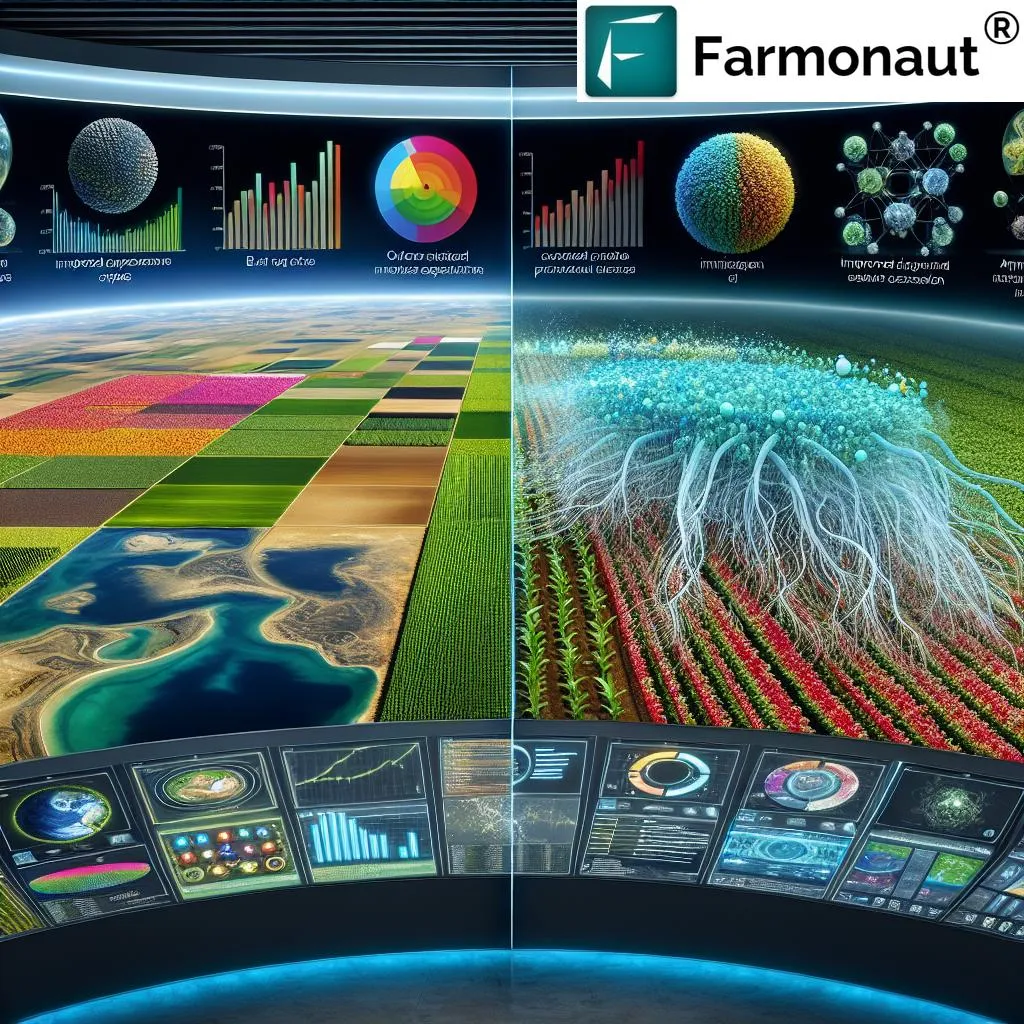In the heart of Utah, a quiet revolution is taking place in the fields of Elberta, where a novel approach to precision agriculture is being tested. Researchers, led by Samuel Craven from the Department of Electrical and Computer Engineering at Brigham Young University, have deployed a network of 86 low-profile soil moisture sensors, dubbed “Smart Bluetooth Stakes,” to monitor soil moisture levels in a 50-hectare commercial wheat field. The stakes communicate with a receiver mounted on a center-pivot irrigation boom, equipped with a rotating high-gain parabolic antenna, to collect data over the course of an irrigation cycle.
The Smart Bluetooth Stakes use Bluetooth Low Energy to transmit 64 MHz soil moisture impedance measurements from ground level to the receiver. This technology allows the stakes to remain in the ground throughout the entire growing season without disrupting farm operations. “The scale at which soil moisture variations occur is not well understood,” Craven explains. “Our goal is to prescribe irrigation strategies matched to these spatiotemporal variations, ultimately leading to more efficient water use and improved crop yields.”
The system was tested over several weeks, including two full irrigation cycles. In the high-gain antenna configuration, data was successfully collected from 75 sensors, with successful packet transmission at ranges of approximately 600 meters. This data was used to construct a spatiotemporal moisture map of the field, providing valuable insights into the dynamics of soil moisture.
The implications of this research are significant for the energy sector, particularly in regions where water is a scarce resource. By optimizing irrigation strategies, farmers can reduce water consumption and energy usage, leading to more sustainable and cost-effective agricultural practices. “This technology has the potential to transform precision agriculture,” Craven says. “It allows us to monitor soil moisture at a high spatial density, providing a level of detail that was previously unattainable.”
The research, published in the journal ‘Sensors’ (which translates to ‘Датчики’ in Russian), represents an important advance in the field of sensor networks and the Internet of Things (IoT). As the world grapples with the challenges of climate change and resource depletion, innovations like the Smart Bluetooth Stakes offer a glimmer of hope for a more sustainable future.
The deployment of these sensors in a commercial wheat field marks a significant step towards practical, large-scale implementation. As the technology continues to evolve, it is likely that we will see similar systems being used in a variety of agricultural settings, from vineyards to orchards, helping farmers to optimize their irrigation strategies and conserve precious water resources.
In the meantime, the fields of Elberta serve as a testament to the power of innovation and the potential of technology to address some of the most pressing challenges of our time. As Craven and his team continue to refine their system, they are not only advancing the field of precision agriculture but also contributing to a more sustainable and resilient future for us all.

